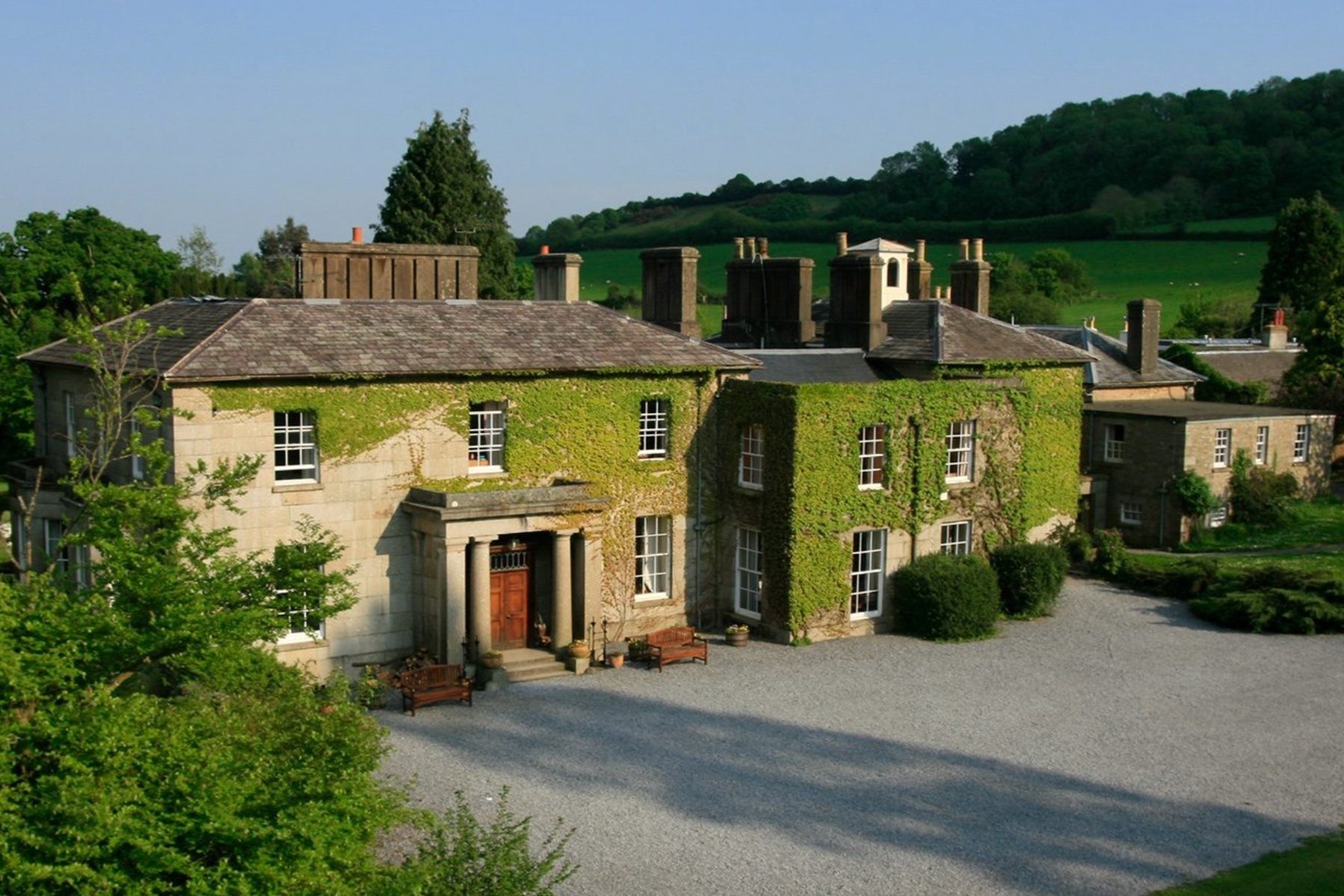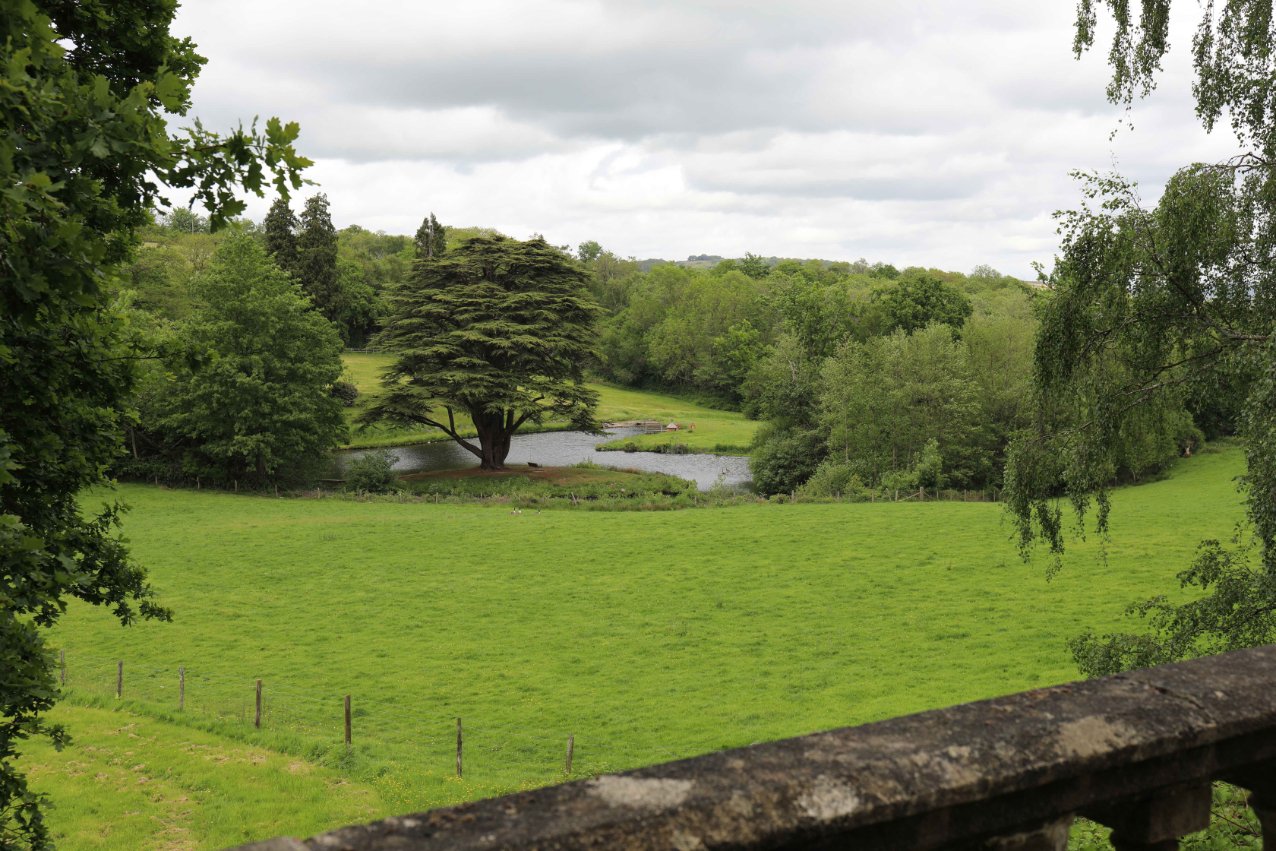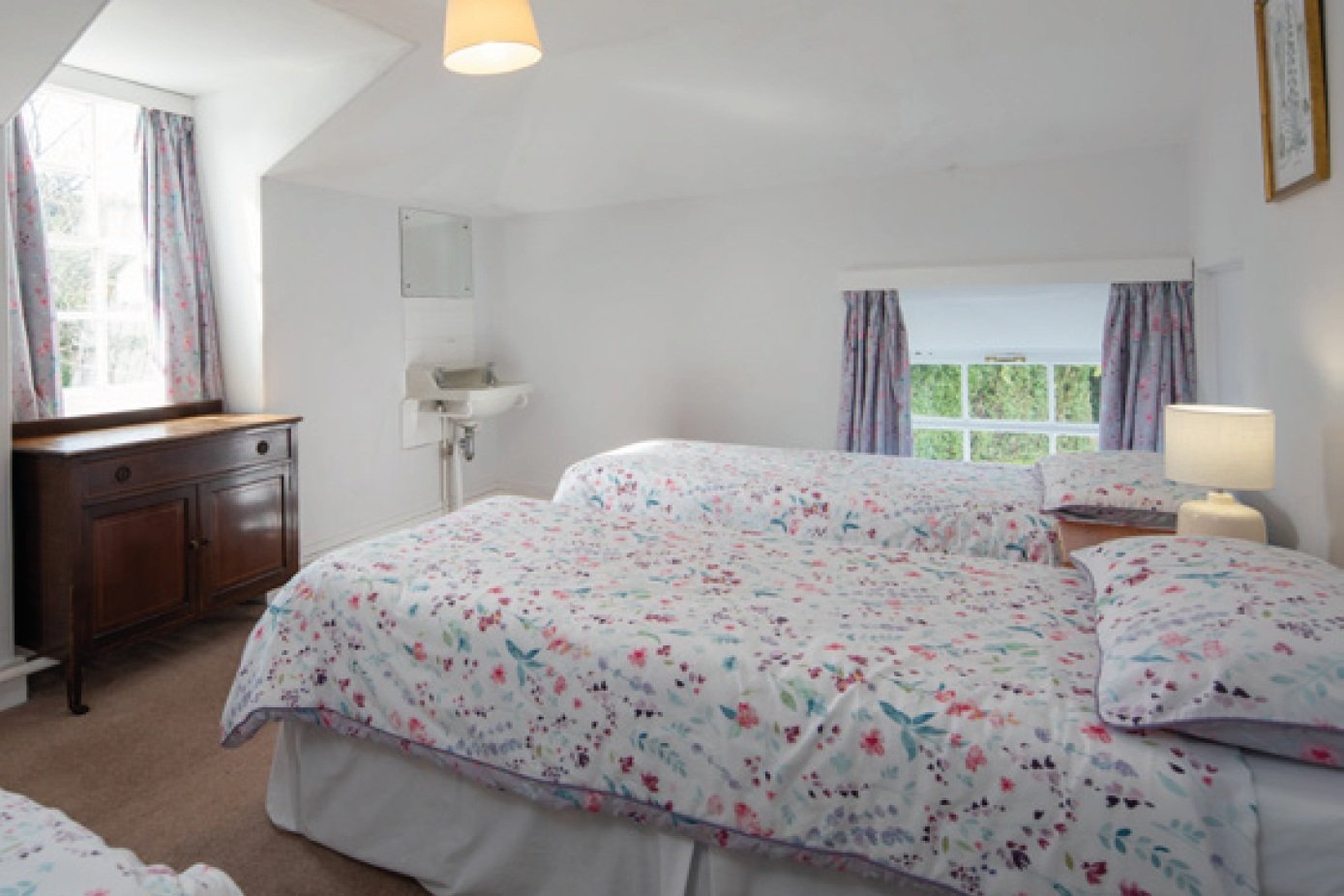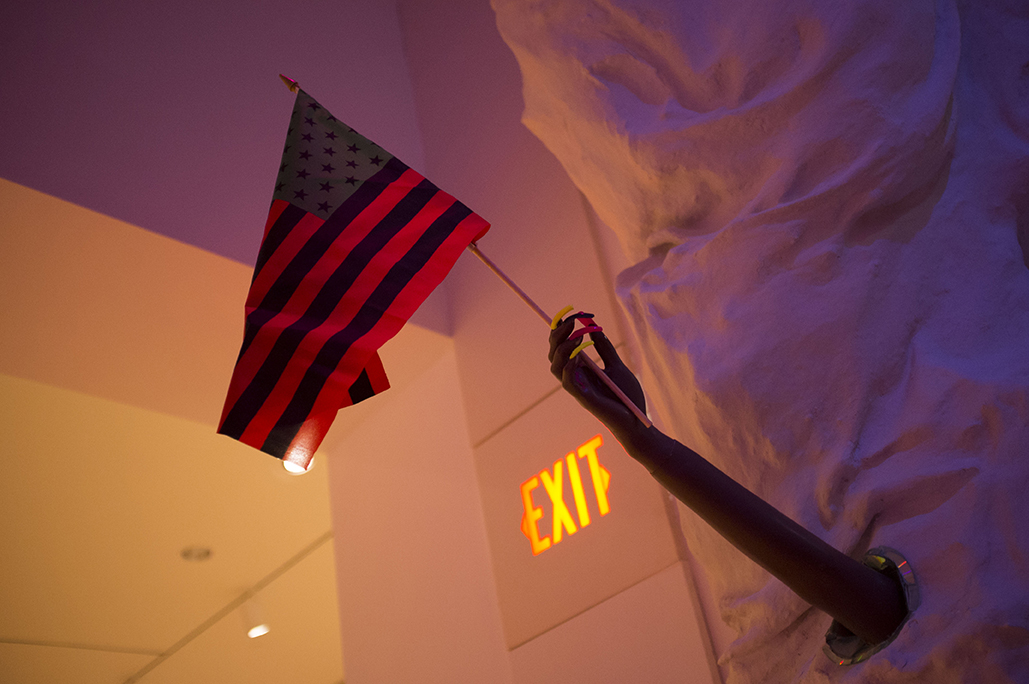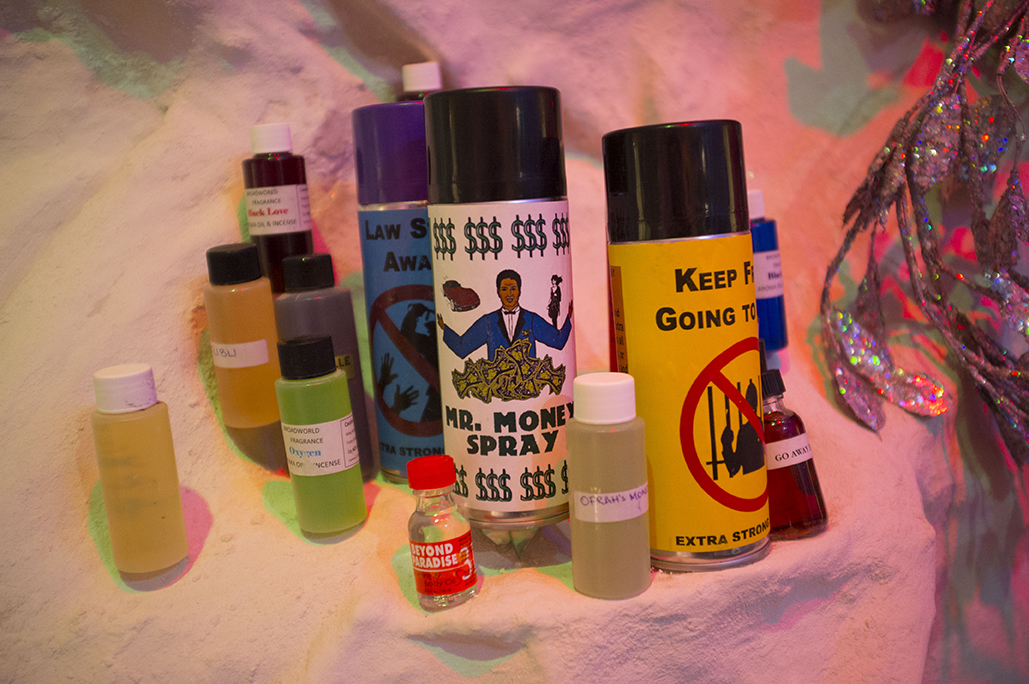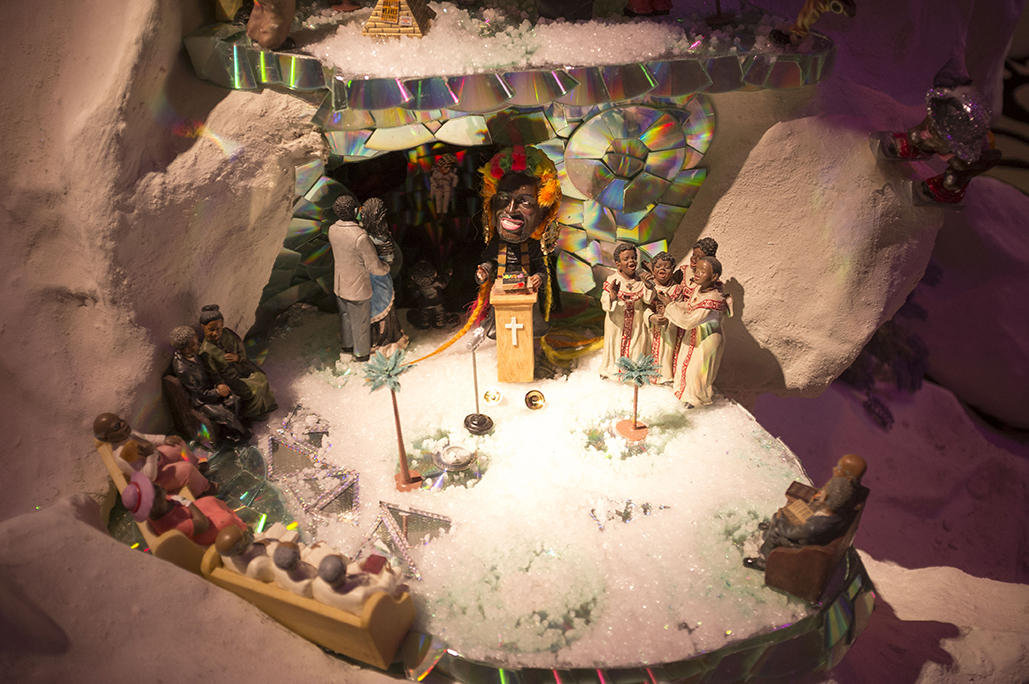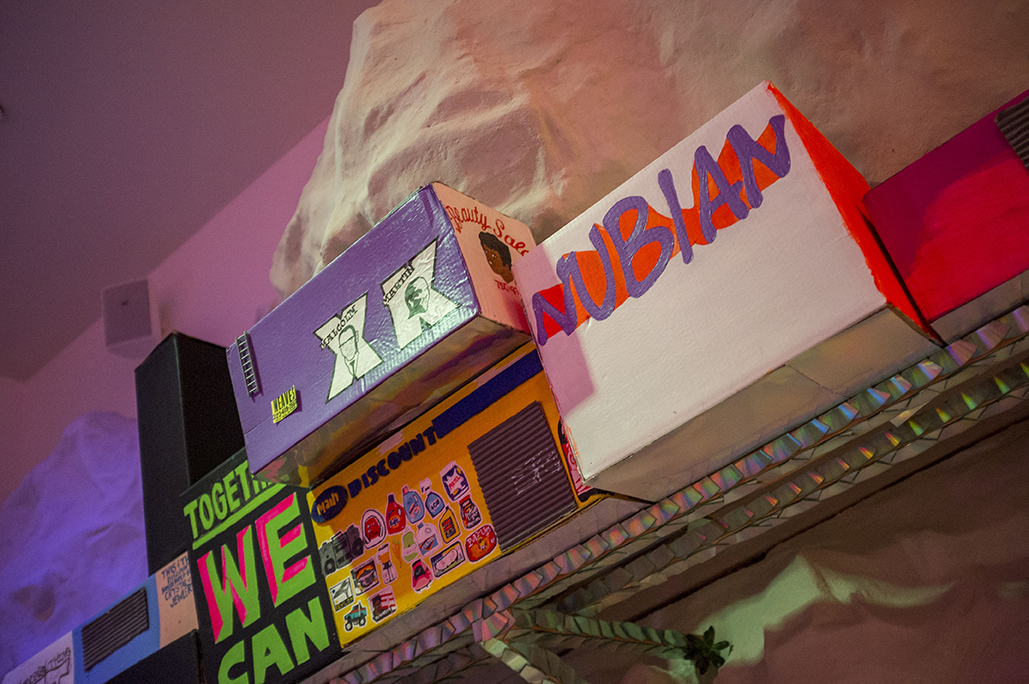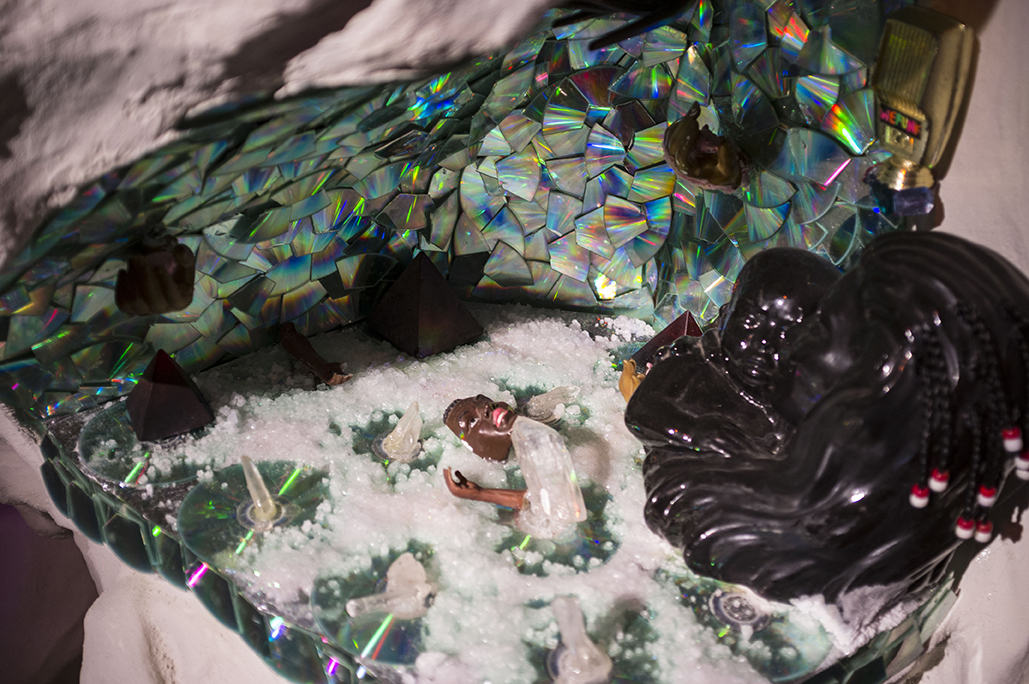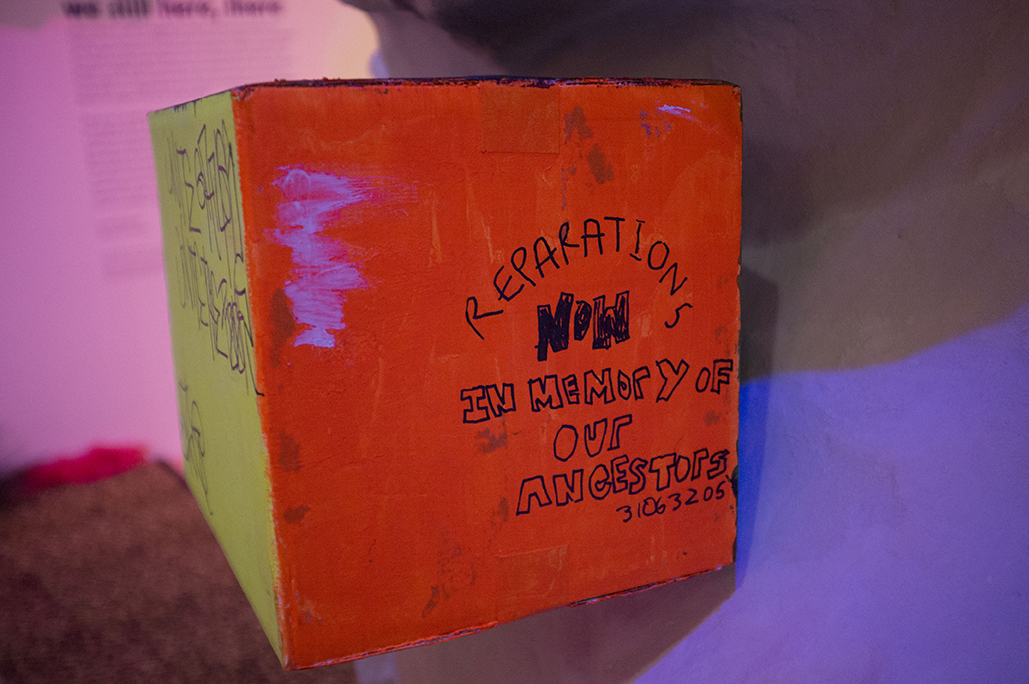interview by Lara Monro
Becoming a successful artist has a reputation for being especially challenging; creating a strong presence online, building a creative network, connecting with galleries and art institutions, placing your work in collections (private and public), and of course making money. The comprehensive Livelihoods of Visual Artists Report from December 2018, for example, showed that artists earn on average as little as £16,150 per annum in the UK, with only 36% of that attributable to income from their practice. Unfortunately, this has not changed over the last four years. Whats more, if we take into consideration the gender pay gap, which in April 2020, was recorded as 15.5%, a female artist’s average annual salary is recorded at an alarming £13,355.
Natasha Caruana, an award-winning and internationally recognized visual artist, photographer and educator, founded the online educational platform and community, Work Show Grow, as an alternative way of supporting artists in their professional and creative development.
Frustrated by the traditional framework of art school where grades and deadlines define success, Caruana believes a more collaborative and community focused approach is far more productive. Since 2018 Work Show Grow has championed the progression of its members creative work, demonstrating that this can be achieved through supportive online teaching, in ways that can be fun, untraditional and effective.
Caruana has organized a Creative Retreat that will take place at Colehayes Estate, South Devon, UK, from September 19 - 23. It will be a unique opportunity for creative practitioners and the art-curious to connect, collaborate and create amongst the twenty hectares of natural landscape — from woodland, marshland and freshwater habitats of the stream and lake. In between breakfast, lunch, and dinner (cooked by a private chef using local produce) the retreat will offer a diverse range of talks and workshops with well-respected guest speakers and facilitators such as newly appointed National Curator of Contemporary Art Forestry England, Louise Fedotov-Clements and artist Ibrahim Azab.
Since becoming a mother in 2021, Natasha advocates a more accessible art world where artists who are parents and caretakers should be considered. Private viewings, for example, are often held at the same time as bath/bedtime. Perhaps they could be during the day or over weekends? In May, Caruana explored these issues, and how she balances her work/parenting roles, with art critic and author of On Art and Motherhood, Hettie Judah, as part of the (Re) Production: Parenting and the art world online symposium.
The Creative Retreat at Colehayes is a continuation of Caruana’s support for a more progressive art world as she offers accommodation for up to four families as well as child-friendly activities. Hopefully this can be a useful framework that can be prescribed to more artist residencies and other areas within the arts, to pursue the support of parenting and caretaking artists.
Caruana shared with Autre her inspiration behind establishing Work Show Grow, as well as some of its biggest challenges and rewards to date and a few of her goals for the platform's future.
LARA MONRO: You founded WSG in 2018. What inspired you to start the online educational platform?
NATASHA CARUANA: I started Work Show Grow very spontaneously as a way to teach more artists a professional practice of how you can set yourself up. There is no road map to success and often art schools don’t properly equip artists with learning about funding, getting their name out there, etc. I’m passionate to support artists at whatever stage they are at on their journey. Traditional art education is based on deadlines and grades, which can often result in competitive environments. I wanted to create a supportive community space in which artists can thrive.
During the pandemic, with so many exhibitions and opportunities cancelled for my own art practice I threw myself into supporting others and Work Show Grow blossomed. In September 2020, what were initially monthly workshops happening in person in my studio evolved to become the online school which it is today.
MONRO: What have been the biggest challenges and rewards since setting out on your mission with WSG?
CARUANA: Seeing the progress of Work Show Grow artists has been incredible and is a daily reward. Many creatives come to the school with a burning desire to get back to their creative side. Or they have pursued other work and know that there is a future artist in them. The feedback has been fantastic and we have 100 artists from approximately thirty different countries. They are all connected and together support each other in their creative journeys. It's inspiring to watch.
Now that the world is starting to slowly return to normality, it's definitely a juggle between my own work, Work Show Grow, my academic post, and becoming a new mum. Luckily, I share the running of the school with my husband, Simon, who is a fantastic producer. He keeps everyone on track. We have also made a couple of hires. I really value work life balance so having support in the background is very important, or we could easily end up working every hour of the day!
MONRO: What three words would you use to best summarize what WSG stands for?
CARUANA: Community, Creativity, and Support
MONRO: The 2022 Creative Retreat is the second iteration of your WSG annual artist residency. What were the main reasons for starting these annual trips?
CARUANA: I wanted to create an accessible residency program for both artists and the art curious — one that isn't intimidating, or requires a huge application form, or payment. After spending two years online it’s an opportunity to bring people together in a fun and relaxed environment. As an artist myself, I definitely need this for my own creative cup. I want everyone to go back to their corner of the world fulfilled, inspired, and ready to take the next steps in their work. It’s a moment when artists or the art-curious can create, play, and connect outside of their usual day-to-day.
MONRO: This year you have decided to make the retreat accessible to artists who are parents/caretakers. What were your main motivations around doing this?
CARUANA: Everyone should be playing a role in making the art world more accessible. Offering an environment which welcomes artist parents is my way of contributing to this. I recently took part in an online symposium funded by Arts Council England and produced by one of our Work Show Grow artists, Andrea Allen. I participated in a session with the writer Hettie Judah, who is an incredible advocate for artist parents. This opened my eyes to needing to do more.
MONRO: What are you most excited about at this year’s retreat?
CARUANA: I’m so excited to spend a week in twenty hectares of private countryside, which surrounds the stately home that the retreat is taking place in. To be able to stroll to our private lake and take a dip in between workshops is going to be magical! I literally can’t wait! I love to cook so I’m also looking forward to our group dinners and evenings around the fire pit.
MONRO: What would you say are some of the biggest challenges of being a parent and juggling your creative and professional roles?
CARUANA: The lack of time and headspace is the most challenging juggle so far. It's really hard to peel yourself away from baby cuddles to go and tackle your inbox! I haven't found the answers yet. Each day seems to be different as Suki develops so you need to embrace going with the flow!
MONRO: Where would you like to see Work Show Grow in the next five years and what do you want your artist residencies to look like?
CARUANA: I would like Work Show Grow to still be supporting artists and for more people to know about our great community. We have big ambitions for an international residency program, a school that has different pathways. And I’d love to put on a Work Show Grow artist event at the Tate!
MONRO: What would your advice be for new mothers who are also artists and determined to maintain their creative practice?
CARUANA: I feel forming a community around you is so important. It's common to create a mum community, but I would also say try to add a couple of mum artists in there too. Being an artist parent is so nuanced and difficult for others to understand. At Work Show Grow we have a number of artist parents and it's humbling to see how they can lean on us for support.





